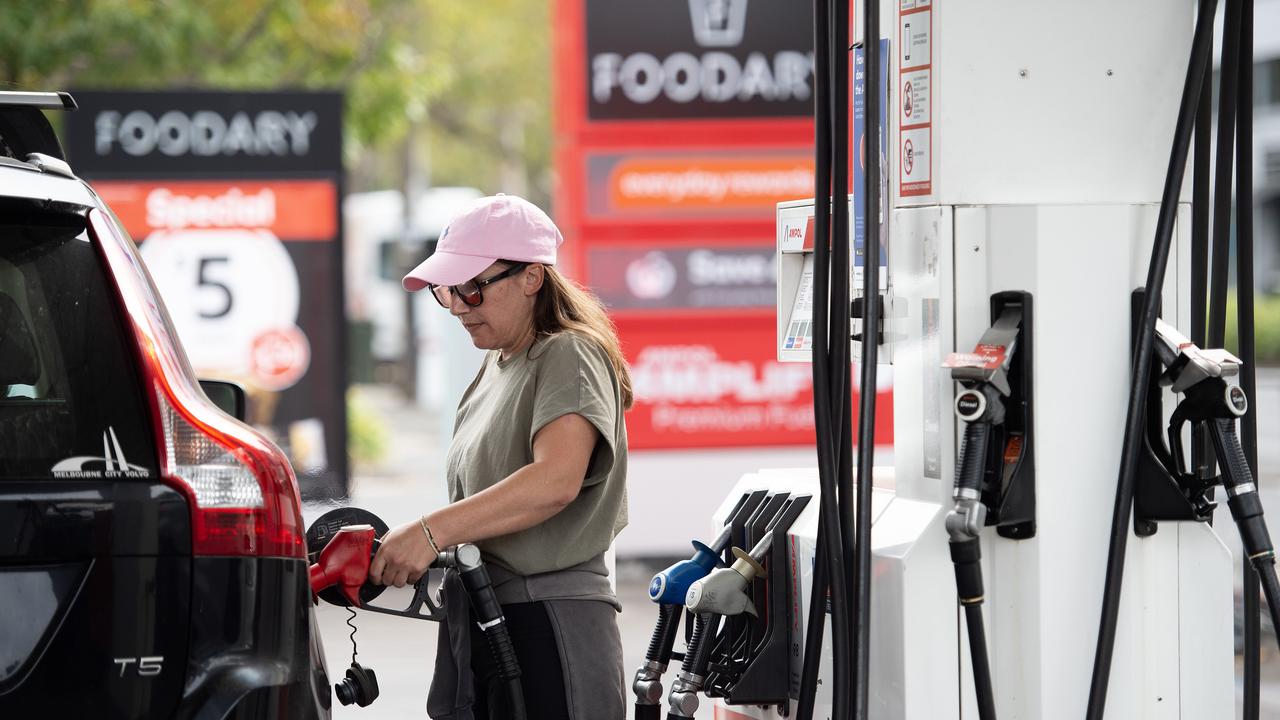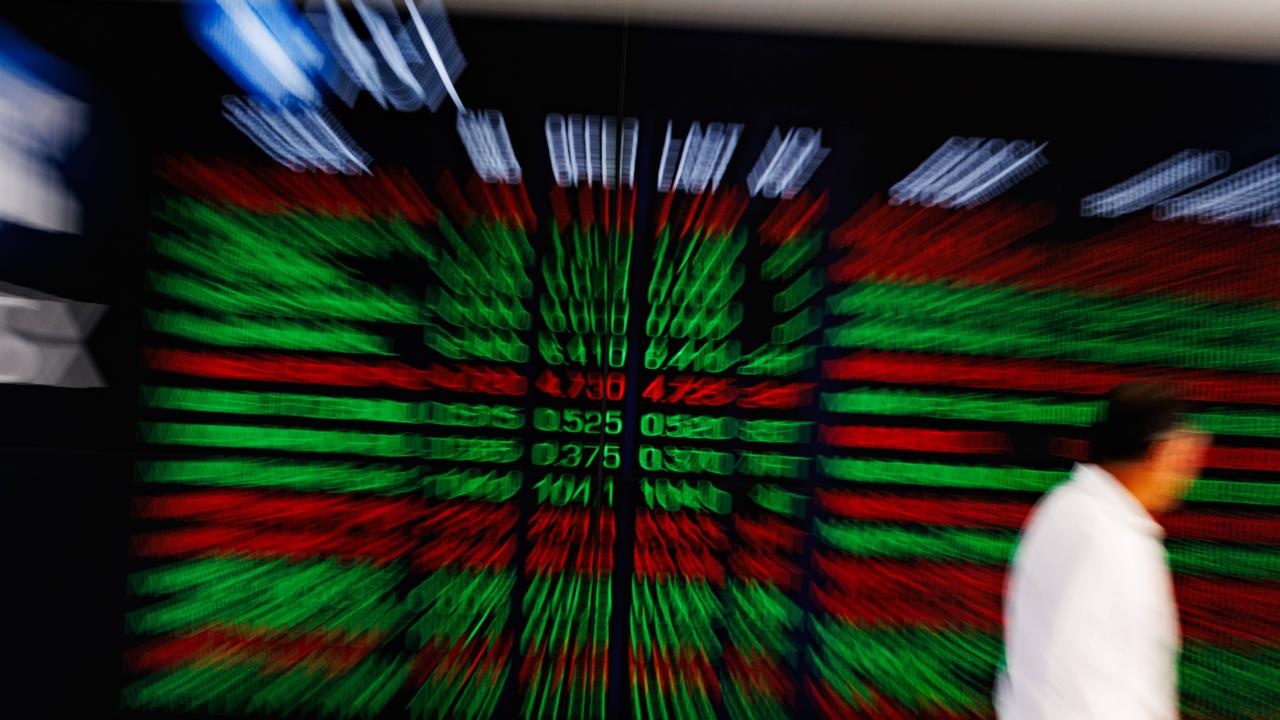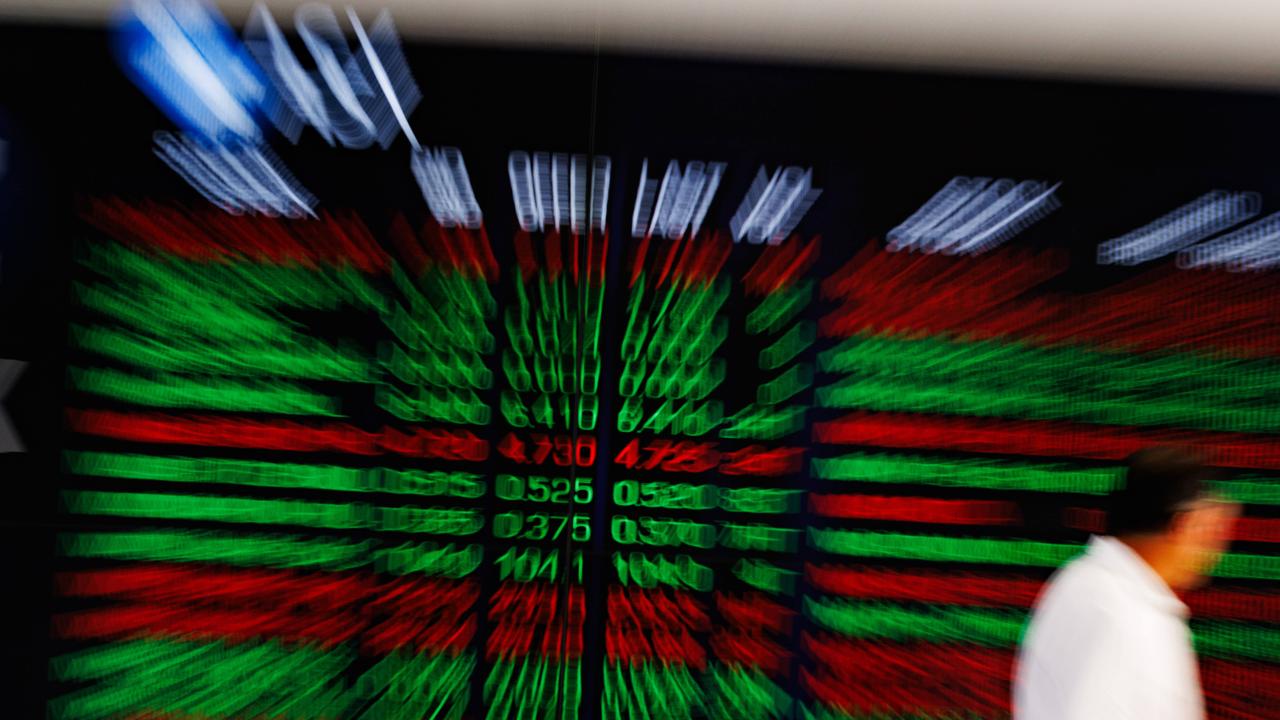Transport costs drive spending bump in year to February
With Australians facing a cost of living squeeze, households devoted more of their budgets towards the essentials.

Business Breaking News
Don't miss out on the headlines from Business Breaking News. Followed categories will be added to My News.
A surge in spending on transport costs drove an overall increase in household spending in the year to February, according to a new estimate of consumption trends.
Household spending increased 3.6 per cent in the year to February on current prices, according to the calendar adjusted figures released by the Australian Bureau of Statistics on Thursday.
Spending on transport vaulted 12.3 per cent year-on-year, as higher prices at the petrol bowser, up 4.1 per cent over the same period, ate into household budgets.
But the new data series has not yet seasonally adjusted, meaning it is difficult to detect true underlying trends in the figures as periodic swings in the monthly readings are not evened out.

“Consumers are also spending more on transport services such as air travel, tours, and cruises compared to the same time last year,” the Bureau’s head of business statistics Robert Ewing said.
Meanwhile, spending on discretionary goods and services edged slightly lower, down 0.2 per cent over the 12 months, while non-discretionary spending added 6.9 per cent, as households opted for essential purchases due to heightened cost of living pressures.
Through the year to February, household spending on food rose 5.7 per cent, while consumption of furnishings and household equipment dipped 0.8 per cent.
The ABS reported household spending rose across all eight jurisdictions on the month prior, with the largest rises recorded in South Australia, up 7.9 per cent, and the Australian Capital Territory, up 7.6 per cent.

The indicator is produced using aggregated and de-identified card and bank transactions from banks and other financial institutions.
Economists are closely monitoring for signs of slowing household consumption as the Reserve Bank’s 13 interest rate increases since May 2022 drag on economic growth.
While household borrowers are likely to be afforded respite from any further rate hikes, it is not until the RBA’s September 23-24 meeting that financial markets expect interest rates to be lowered.
Originally published as Transport costs drive spending bump in year to February






